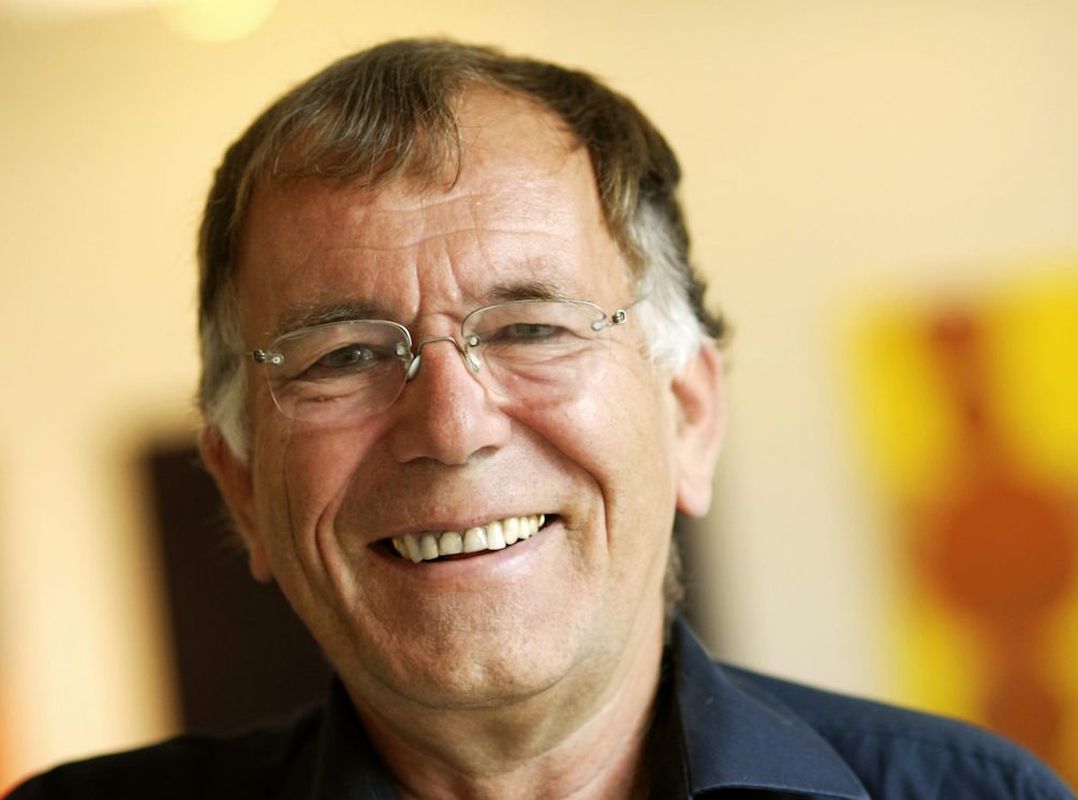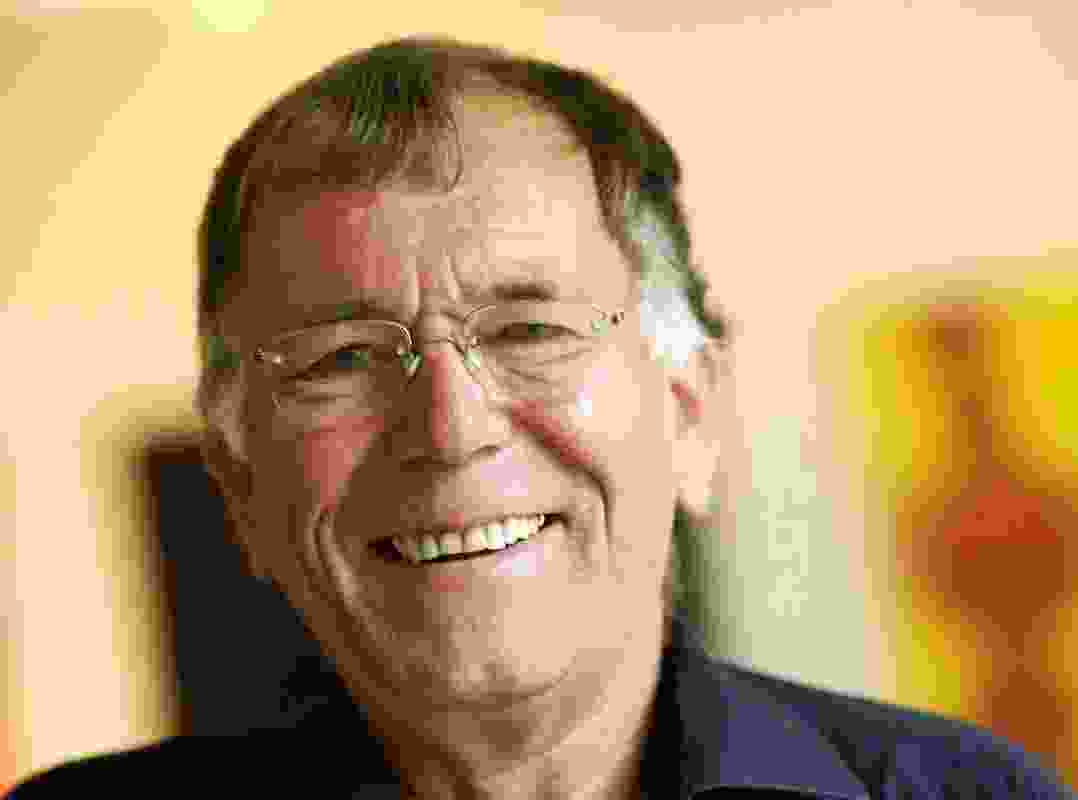

The results clearly illustrate that places designed to be people-friendly attract people, and public life will follow.Įvolving urban issues require that we continue to pursue new avenues of excellence in urban design, particularly in response to changing patterns of use and Melbourne’s expanding population.

The nature of public life has quite radically changed with more people choosing to stay for optional rather than purely necessary activities until late evening. The findings demonstrate Melbourne’s remarkable success in attracting more public life through physical improvements to existing public places, providing additional public space, and initiatives such as PostCode 3000.

By applying the same methods used to analyse the uses of Melbourne’s public spaces in 1994, it helps to understand how things have changed and which of these changes has been most beneficial in supporting the public life of the city. In 2005, this new document is the next instalment in Council’s systematic and long-term urban plan.

It has been instrumental in inspiring, directing and accelerating the process of revitalising the city’s laneways, streets and spaces. It set ten year targets for attracting more people to the city and established benchmarks against which Melbourne could measure its progress. This has been supported by rediscovery of the city as a centre of culture and entertainment, a haven for small creative businesses, and a great place to live and learn.Įleven years ago, the publication Places for People: Melbourne City 1994 offered a vivid, factual picture of the quantity and types of activity occurring in the city’s public places. In economic terms, the result has been a reversal of the long downward trend in CBD commercial activity and employment of previous decades. It has focused on achievable actions, and aimed at reinforcing the existing qualities of the city. This has seen the consistent application of a range of urban design strategies and individual initiatives of varying scales. From this period, a vigorous pace of reform commenced through collaboration and joint initiatives between the State Government and the City of Melbourne. Much of this change is attributable to the City’s strong strategic direction in planning and design since the mid 1980s. Over the last decade Melbourne has experienced an urban renaissance through a gradual but consistent transformation of streets, lanes and other spaces into public places that are culturally engaging and diverse, and that respond to the city’s intrinsic physical character.


 0 kommentar(er)
0 kommentar(er)
